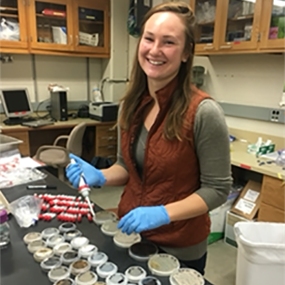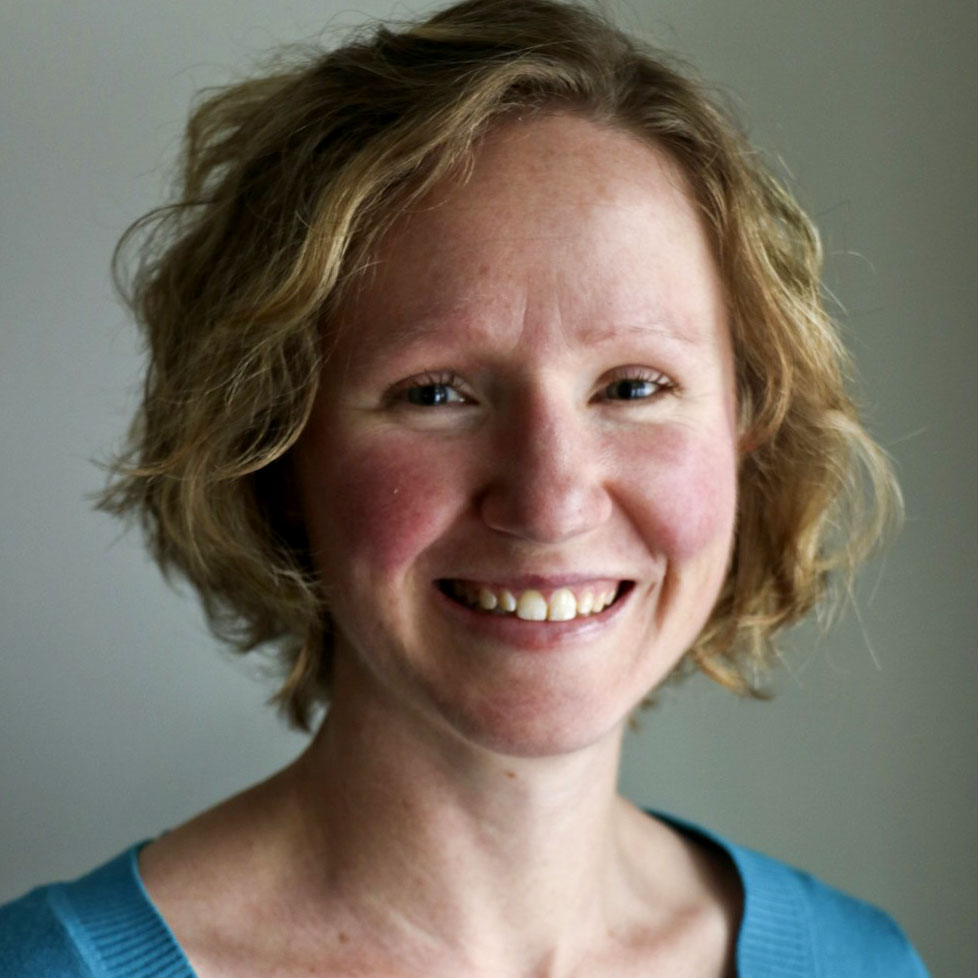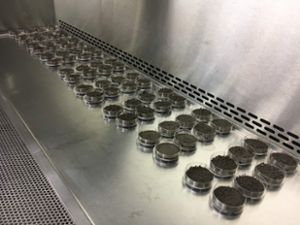Recent research from W.K. Kellogg Biological Station scientists showed that dead bacteria can spread antibiotic resistance in soil after their demise, through a process called horizontal gene transfer.
The paper, published in the journal Applied and Environmental Microbiology, was led by Heather Kittredge, former Ph.D. student in the Evans Lab, now a postdoctoral research associate at the University of Connecticut.
Sarah Evans, associate professor in the Department of Integrative Biology in the College of Natural Science and member of the Ecology, Evolution and Behavior program at MSU, contributed to the paper.
“Outside of medicine antibiotic resistance isn’t talked about maybe as urgently as it should be,” said Evans. “We thought these were processes that needed to be studied more in the field.”
“Soil is still somewhat of a black box,” said Kittredge. “We wanted to know how this happens in the wild, what factors contribute to it and what we can do about it.”
Undeterred by death
When bacteria die, they burst and leave DNA behind. This lets living bacteria collect those genes and put them to work. For example, if a dead bacterium happened to have genes that contributed to antibiotic resistance, a living microbe could pick them up and give those genes new life.
In the study, the team collected soil samples from sites around KBS, sterilized the soil and added living cells of the soil bacteria Pseudomonas stutzeri along with DNA from antibiotic resistant forms of P. stutzeri. They then observed how often the living cells incorporated the DNA under different conditions.
What they found is that live bacteria could integrate the DNA even when it was present at low concentrations and live cells that picked up DNA persisted throughout the 15-day duration of the experiments.
“Overall, this work demonstrates that dead bacteria … are an overlooked path to antibiotic resistance,” the team wrote in its paper.




A legacy of conservation; a commitment to sustainability.
3700 E. Gull Lake Drive
Hickory Corners, MI 49060
(269) 671-5117
info@kbs.msu.edu